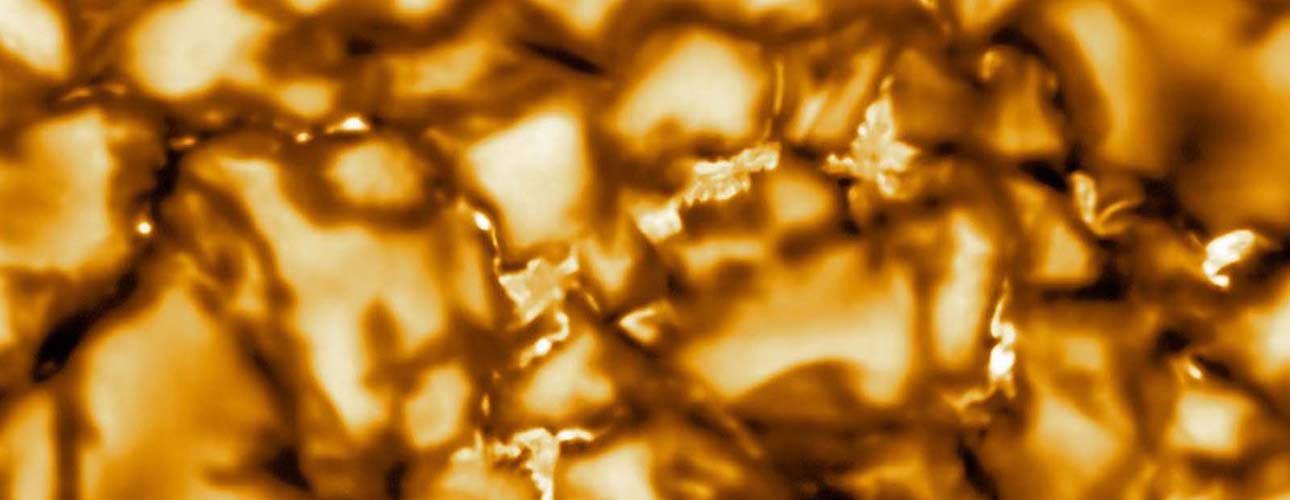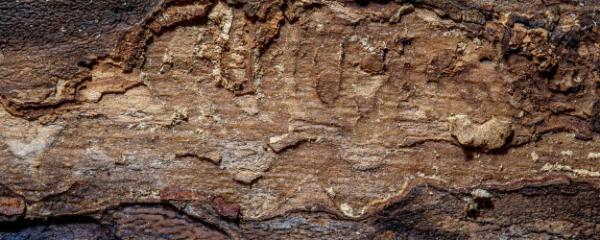Researchers from Queen’s University Astrophysics Research Centre (ARC) have worked with Oxford Instruments’ Andor Technology to develop the Balor sCMOS imaging sensor and synchronisation platform, a device which captures the highest resolution solar images in the world, enabling scientists to study the sun’s atmosphere in unprecedented detail.
Research Challenge
TAKING A CLOSER LOOK AT OUR NEAREST STAR
Studies of the Sun and its outer atmosphere have always been the source of notable physical insights. From the discovery of helium, first made in the solar atmosphere, to the identification of nuclear fusion as a power source for stars and the unexpected physics of neutrinos, our nearest star is a unique source for our understanding of the Universe in its many forms.
Recognising that standard commercially available equipment was unable to deliver the scientific objectives of current and future research programmes, the Astrophysics Research Centre (ARC) at Queen’s University teamed-up with Oxford Instruments’ Andor Technology to develop the Balor sCMOS.
Video credit: NSO/AURA/NSF
Our Approach
PUSHING THE LIMITS OF SOLAR INSTRUMENTATION
Research in ARC has proved the existence of Alfvén waves in the lower solar atmosphere and discovered the smallest magnetic flux cancellations in the photosphere. Alfvén waves and magnetic flux cancellations are key to understanding the structure and dynamics of the Sun’s outer atmosphere.
The team in Queen’s Astrophysics Research Centre identified a need to push the limits of solar instrumentmentation in order to further advance studies in the field through the development of a new generation of large format, high-speed camera equipment.
In partnership with Andor Technology, the team set out to realise this vision and develop the detectors for these telescopes. This project was funded by a UKRI Science and Technology Facilities Council grant for £1,900,000 to Queen’s in January 2015 and Horizon 2020 grants of £50,000 in June 2015 and October 2016. This research resulted in Queen’s leading the development and supply of all the optical cameras that equip the US DKIST telescope. The resulting product, named Balor, has been taken to market by Andor. Balor is the largest-format, high-cadence scientific Complementary Metal Oxide Semiconductor camera commercially available.
“The imaging produced by the Inouye Solar Telescope opens new horizons in solar physics. Its imaging capability allows us to study the physical processes at work in the Sun’s atmosphere at unprecedented levels of detail. We worked hard over the past few years with Belfast-based Andor Technology to develop the cameras that equip the Inouye Solar Telescope and it is highly rewarding to now see this fascinating imaging.”
- Professor Mihalis Mathioudakis from Queen’s University Belfast
What impact did it make?
THE NEXT GENERATION OF SOLAR TELESCOPES
The Sun is the most important astronomical object for humankind, with solar activity driving space weather and having profound effects on climate and communications.
As a result of their research pushing the boundaries of what was possible with existing instrumentation, Queen’s University researchers have played a central role in defining the science specifications for the next generation of solar telescopes, such as the US-led Daniel K Inouye Solar Telescope (DKIST) and the European Solar Telescope (EST). These unique facilities are revolutionising studies in the field of astrophysics. Key advances offered by these instruments are ultra-high spatial (25km) and temporal (millisecond, ms) resolution, photospheric and chromospheric imaging spectroscopy, vector magnetometry, plus infrared coronal magnetometry.
In January 2020 the National Science Foundation’s (NSF) Daniel K. Inouye Solar Telescope revealed unprecedented detail of the Sun’s surface, with experts saying it will enable a new era of solar science and a leap forward in understanding the Sun and its impacts on our planet. The images from NSF’s Inouye Solar Telescope 4-meter solar telescope, show a close-up view of the Sun’s surface including a pattern of turbulent “boiling” plasma that covers the entire Sun. The images also show cell-like structures - each about the size of Texas - which are the signature of violent motions that transport heat from inside the Sun to its surface.
The striking Balor-enabled solar images have generated significant interest among both the research community and the general public, engaging new audiences in Solar science.
Our impact
Impact related to the UN Sustainable Development Goals
Learn more about Queen’s University’s commitment to nurturing a culture of sustainability and achieving the Sustainable Development Goals (SDGs) through research and education.











